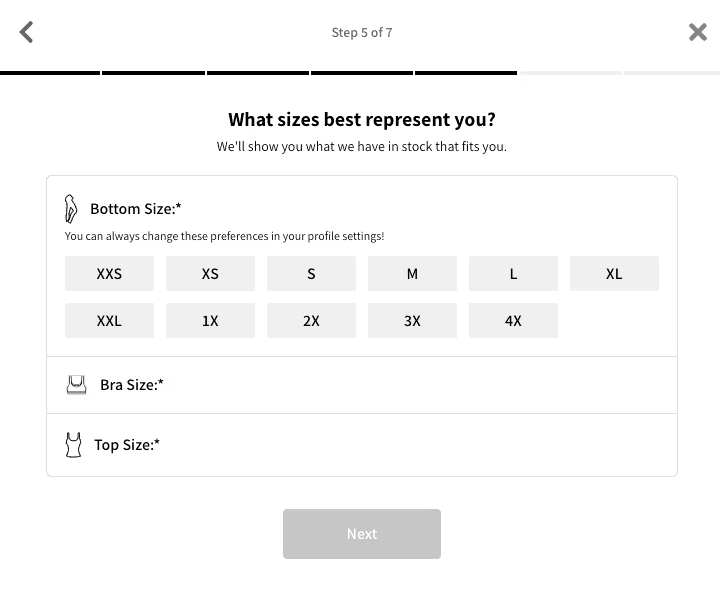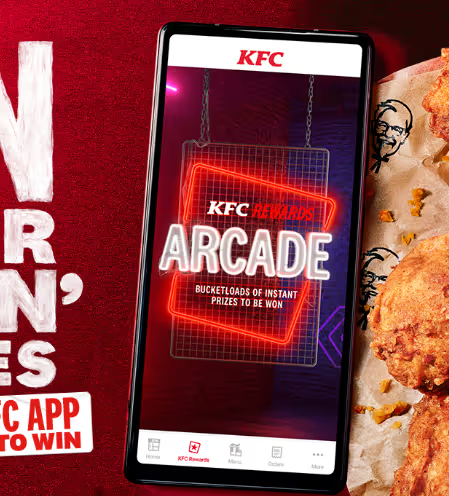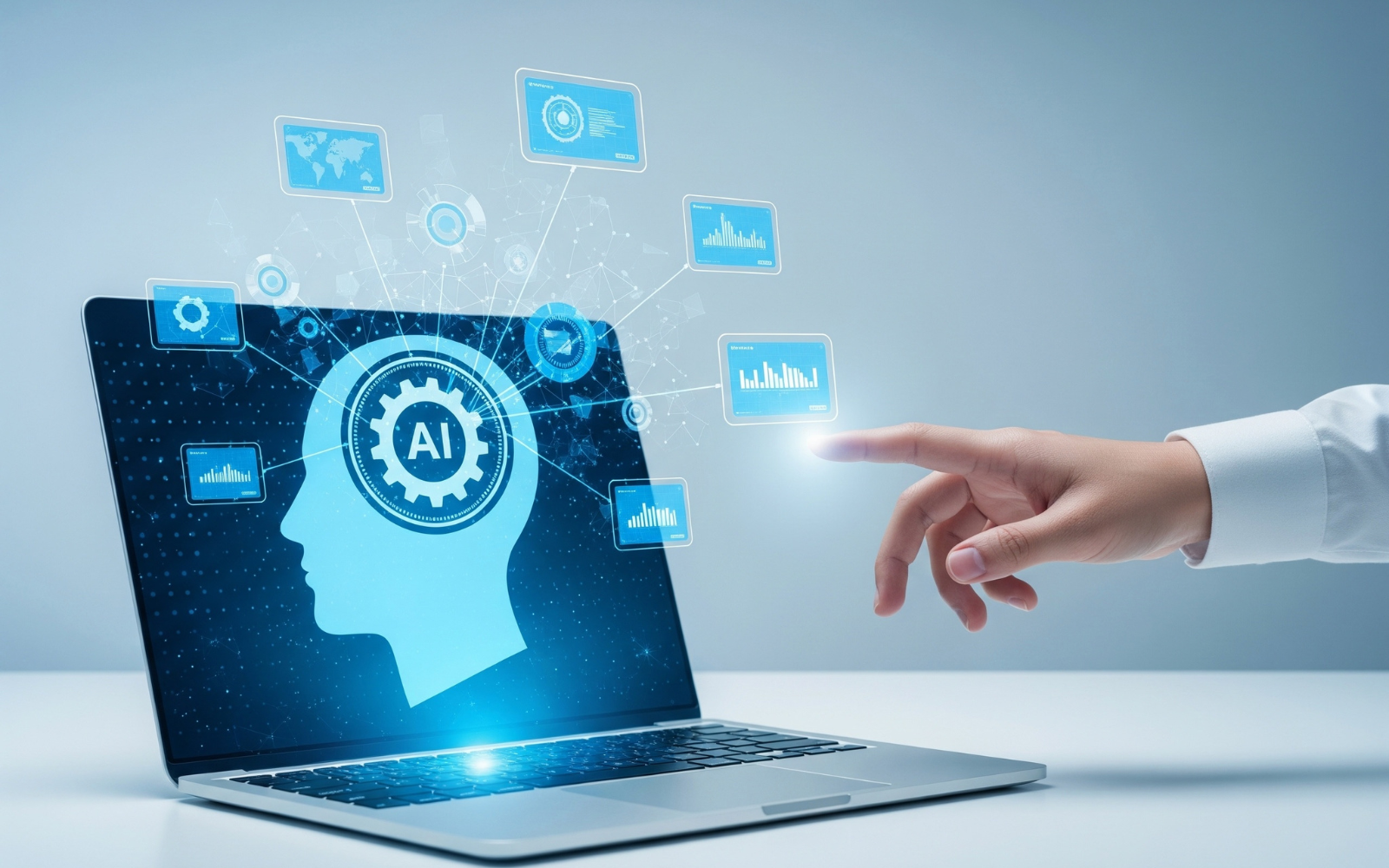How Gamification Levels Up Loyalty Programs

How Gamification Levels up Loyalty Programs
We all enjoy a bit of a challenge. Whether it's a chance to showcase our skills, escape the monotony of daily routine, or emerge victorious, games provide us with a satisfying challenge. With the gaming industry generating billions of dollars, it's clear that this form of entertainment has become a major player in our world.
As we move through 2023 and beyond, one thing becomes increasingly apparent: games are everywhere, played by everyone of all ages and backgrounds. After all, we all have a competitive spirit within us that drives us to strive for success, no matter what the game may be.
The world of marketing is also seeing an incredible shift into gamification. Members of loyalty programs in particular are now expecting some form of play, such as challenges, rewards, points, badges, leaderboards, and feedback, to make tasks or activities more interactive, enjoyable, and motivating.
So why is gamification the new industry focus? How and why does gamification work so well in the context of loyalty programs? Let’s dive in to find out more.
What is the Purpose of Gamification?
The goal of gamification in a marketing context is to encourage people to engage more actively with a particular activity, product, or service by tapping into their intrinsic motivation for competition, achievement, and recognition.
By making tasks or activities more fun, challenging, and rewarding, gamification can increase motivation, engagement, and loyalty.
One of the most common forms of gamification in loyalty programs is the use of point earning for completing certain actions. For example, making a purchase, sharing on social media, or referring a friend. These points can be cashed in for rewards like discounts or exclusive experiences.
Why is Gamification so Popular?
With over half of all programs employing gaming mechanics into their loyalty programs, businesses have noticed the importance of providing new and exciting ways to earn rewards in their loyalty programs.
Studies have found that gamification increases engagement by almost half, which ultimately leads to more customer acquisitions. Customers are always looking for new and exciting ways to engage with the brands they love. And the results show financially too; companies that use gamification in their customer loyalty programs will see a 47% increase in customer spending.

Gamification Forges an Emotional Connection
Gamification is more than just satisfying a want, it satisfies a psychological need too. The human brain is more likely to engage with and remember information when it’s presented in a captivating way. Instead of simply stamping our digital or paper cards (though we don’t mind that either), games provide a sense of accomplishment that keeps consumers interested.
By leveraging the human brain's reward system, gamification creates an emotional connection to the brand. Once a customer has successfully interacted with a loyalty program's gaming mechanics, they feel a sense of achievement, which releases feel-good dopamine. This positive experience leads to increased loyalty and a willingness to engage with the company on a deeper level.
In addition, games put the user in control of their experience, unlike pop-up ads that aggravate the consumer. Through the addictive nature of gamification, customers come to you and not the other way around. This proactivity of a consumer seeking brand interaction is typically challenging to achieve with traditional marketing.
Gamification is the Future of Digital Marketing
In this age of rapid updates and digital noise, our engagement with brands is heavily dependent on the innovative technologies they use to communicate. Loyalty program members agree, with 95% of people stating they want to engage with their brand’s program through new and emerging technologies.
In this context, gamification is a compelling argument for the future of digital marketing. Traditional forms of advertising have been around for decades and customers can easily identify them. However, with the rise of the digital age, brands should now be using more subtle and interesting ways to communicate with their loyal base and capture their data.
Games are a great way to do this because on the surface, they are simply a competition. But for marketers they provide valuable insights into customer behavior, ultimately shaping the future marketing decisions of the company.
Why Should I Add Gamification to My Loyalty Program?
Members Can Earn Additional Rewards (Interim or a New Way to Earn)
This might be the most obvious answer, but it certainly deserves recognition. Gamification is another exciting way for a customer to earn a reward from your brand. Games make it possible for customers to earn points/rewards any time without making a purchase or paying a visit. This is a powerful tool: keeping a user’s interest on your brand even when they aren’t shopping.
Your loyalty program might be filled with some seriously groovy rewards, but for a customer, working their way towards those rewards might also take some time. Keeping your loyal base engaged, before the main rewards come, is where gamification steps in.
In fact, a study by LXA found that game-based motivation increases user-engagement by 48%. Not only can they play wherever they are, they are participating in your loyalty program without feeling like it.
Express Your Brand’s Personality
A more unique benefit of gamification is that it’s another way to reflect a brand’s personality, since these tools act as an extension of a brand’s purpose. Gamification naturally communicates that a brand is playful, casual, and rewarding.
Gamification means that businesses now have another way to get their message across, in a less obvious way. And the more creative, the better remembered it will be, which will retain attention.
According to Forbes, 80% of smartphone users play mobile games on their device; this accounts for people of all ages. Through this tool, businesses have the opportunity to tap into a wide range of demographics and show their brand’s personality through a creative and impressive way, motivating people to come back for more.

Another Channel to get Customer Feedback
Gamification tools can be camouflaged into many different formats in order to get customer feedback. Certainly providing feedback is not a preferred activity for most loyalty members and a tedious effort for businesses. But feedback is a necessary evil that allows for growth between the customer and business, as well as strengthening what might be lacking in a business model.
In the form of game-like surveys, leaderboards, simulations (and many more), brands can offer incentives for giving feedback. This channel puts some excitement into an otherwise mundane aspect of loyalty programs. This also increases customer retention, as the top reason customers switch brands is because they feel unappreciated. What better way to appreciate someone than asking for their opinion?

Stimulates Innovation in the Industry
Marketing technology is constantly evolving. From artificial intelligence, machine learning, and virtual reality, companies are viewing marketing in a new light. Gamification is a tool that is continuing to change as we search for more sophisticated, seamless ways to engage with customers. In fact, 70% of 2,000 global companies use gamification in some form. The numbers say it all: gamification is recognized as a force for innovation and expression for loyalty programs.
Examples of Gamification in Loyalty Programs
Need some inspiration? Here are some real-life creative uses of gamification.
Fablectics:
The activewear brand, Fabletics, utilizes gamified quizzes as soon as you open their website, prompting you about your favorite fitness activities, activewear faves, sizing, and more, to fuel their marketing strategy.
These engaging quizzes are disguised as simply a way to collect the consumer’s selections (clever) but also appeals to the shopper’s individuality, which makes them attracted to the brand (even more clever).

KFC:
KFC’s finger-licking good loyalty campaign, ‘KFC Rewards Arcade” is a digital game station accessed with the KFC app and marks their move from points-based loyalty schemes.
This new program is focused on generosity, surprise, and recognition. Chicken fans make their way through the vividly-designed 3D gaming arcade, where they can play the game to win select menu items. These ‘prizes’ can be claimed in-store or through click-and-collect ordering.
The proof of its success is in the numbers - 70% of customers would recommend the KFC Rewards Arcade, and they’ve had a 53% increase in the number of app downloads since its inclusion.
Stamp Me offers gamified loyalty programs that can help take your customer loyalty to the next level. Please contact our loyalty experts for more information.

Enter a few details based on typical customer behaviour to estimate the revenue uplift and ROI a loyalty program could deliver.






.webp)